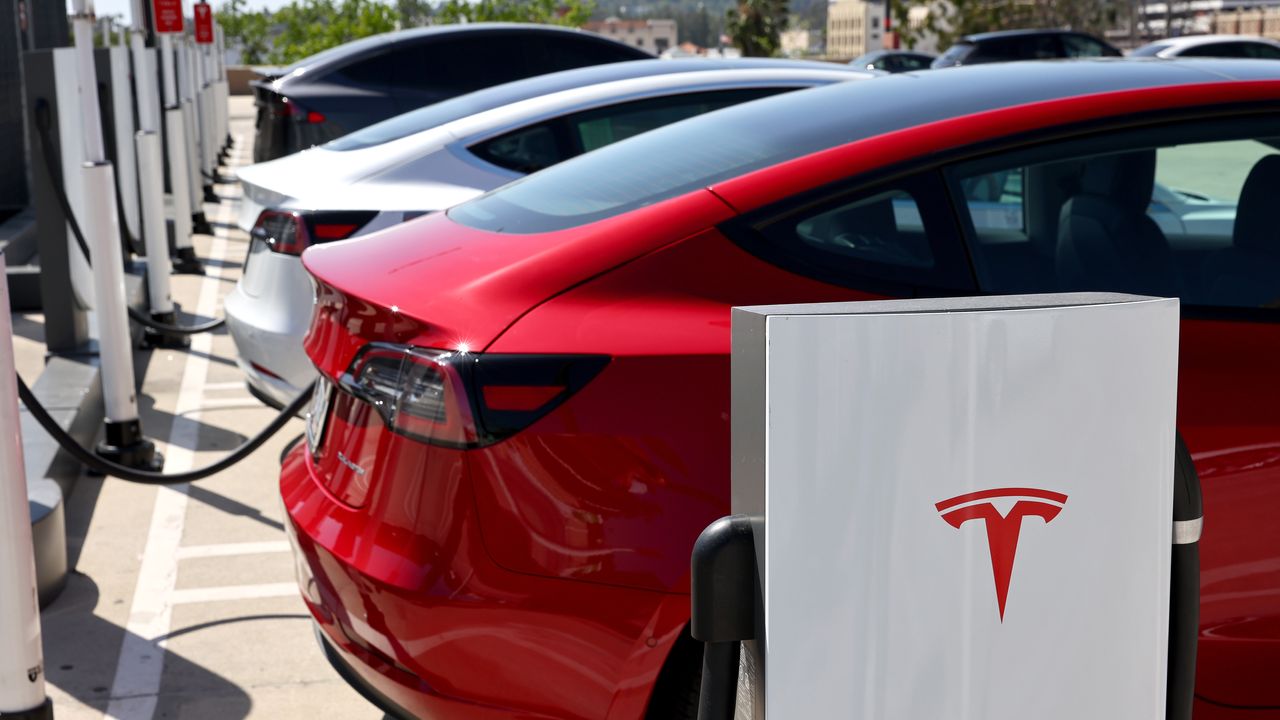According to a new detailed Reuters article, Tesla overstated the range estimates for its EVs for years, prompting owners to flood its service center with complaints that their vehicles needed service. According to the report, which cited unidentified sources and industry experts, the direction to deploy algorithms to provide rosier range estimates came from CEO Elon Musk.
As sales increased, so did service requests. To combat the surge of requests and to keep costs in check, Tesla established a specific “diversion team” dedicated to handling so-called “range cases” – owners complaining about lower-than-expected ranges.
Diversion team members were instructed to inform owners that the EPA-approved range estimations were only estimates and predictions. Customers will also be given advice on how to extend range. What is the ultimate goal? To cancel those appointments, which would save the business up to $1,000 per visit, according to Reuters research.
Also, see: Elon Musk About to Change The Bird to an “X” on Twitter
It should be emphasized that Reuters stated that it is unable to tell whether Tesla currently employs algorithms that increase in-dash range predictions.
Tesla has previously been found deceptively promoting its range estimations. According to the article, South Korean regulators fined Tesla $2.1 million earlier this year for illegally promoting driving ranges on its local website between August 2019 and December 2022. The Korea Fair Trade Commission also discovered that Tesla failed to tell owners that cold weather can affect the range of its vehicles. The commission cited testing that showed Tesla vehicles lost up to 50.5% of their advertised ranges in cold weather.
Also, see: Robinhood has named Jordan Dane Sinclair the new CEO of UK operations
Tesla has so far evaded regulatory sanctions in the United States. However, from the 2020 model year, the US EPA has compelled Tesla to cut the range estimates it sought to use in advertising by an average of 3%.
One of the lingering issues with range estimations is their fluctuation, which allows certain automakers to test the system’s limits. While the EPA reviews and approves such estimates, automakers can use one of two techniques to arrive at those figures: utilize a standard formula that translates fuel economy data, or undertake additional tests to arrive at their own range estimate. Tesla has always done the latter, which yields significantly superior results.



















